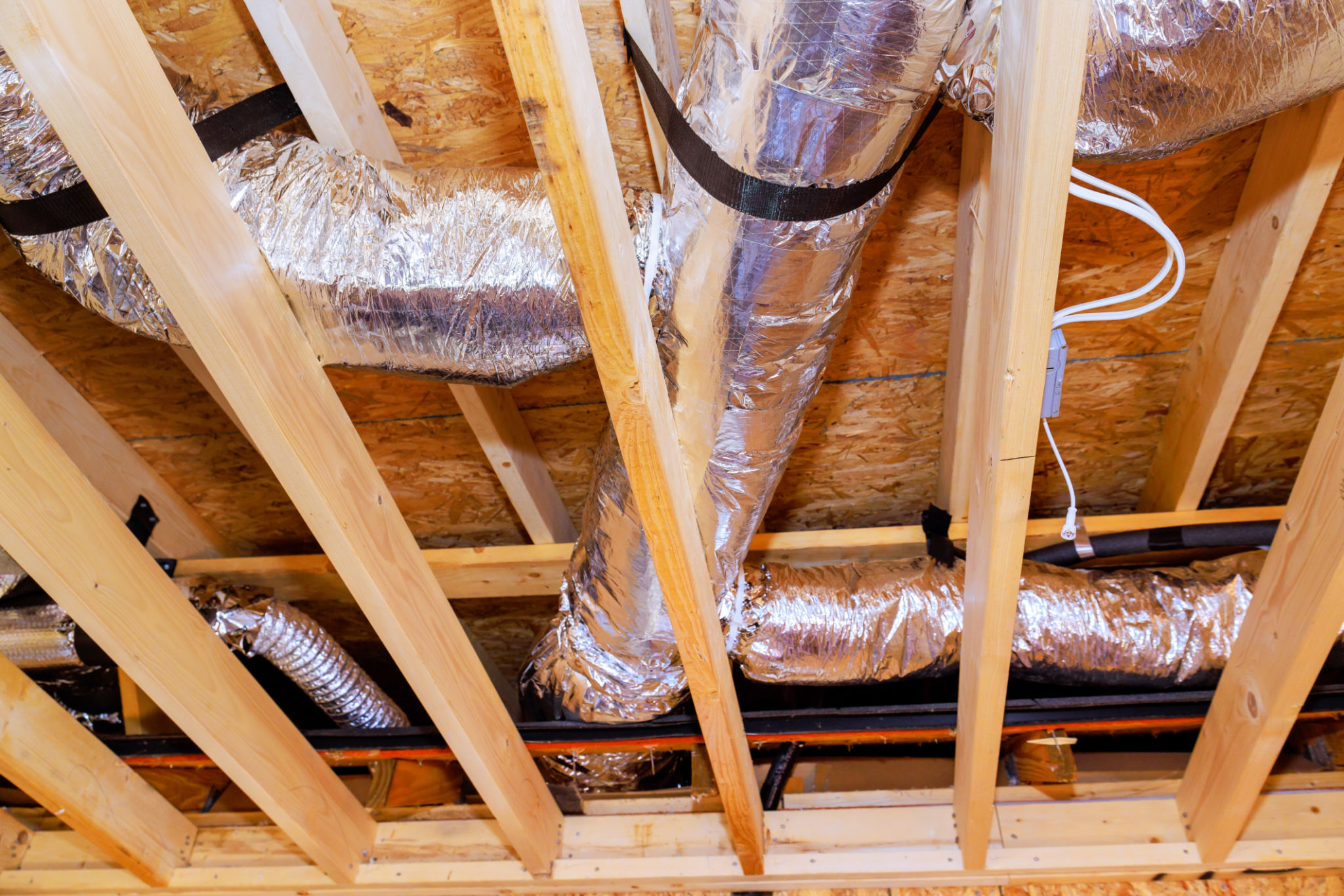Case Study: Transforming a London Home with Smart Ventilation and Sustainable Materials
The Vision for a Sustainable London Home
The bustling city of London is well-known for its historic architecture and vibrant neighborhoods. However, as environmental consciousness grows, more homeowners are seeking ways to modernize their homes with sustainability in mind. One such project aimed to transform a traditional London home using smart ventilation systems and sustainable building materials.

Identifying the Challenges
London's age-old buildings often face challenges such as poor insulation, inefficient ventilation, and outdated construction materials. These factors can lead to high energy consumption and an uncomfortable living environment. The goal was to address these issues while maintaining the home's historic charm.
The homeowners expressed their desire for a solution that would not only improve air quality and energy efficiency but also reduce their overall carbon footprint. They needed a plan that integrated modern technology without compromising the aesthetic appeal of their beloved home.
Implementing Smart Ventilation Systems
Smart ventilation systems have revolutionized the way homes manage air quality and energy efficiency. By installing a state-of-the-art system in this London home, the project aimed to regulate indoor air quality automatically. These systems use sensors to detect changes in humidity and carbon dioxide levels, adjusting ventilation accordingly to ensure optimal conditions.

This approach not only improves indoor air quality but also reduces the need for manual intervention, providing a seamless living experience. Additionally, smart ventilation systems are energy-efficient, leading to significant reductions in energy consumption and utility bills.
Choosing Sustainable Materials
When it came to selecting materials, the project prioritized those with minimal environmental impact. Natural and recycled materials were chosen for their durability and aesthetic appeal. Some of the materials used included:
- Bamboo flooring, known for its rapid renewability and eco-friendliness.
- Recycled glass tiles, offering a unique and stylish look while repurposing waste materials.
- Nontoxic paint, ensuring healthier indoor air quality without harmful VOCs.

Results and Benefits
The transformation of this London home showcased the remarkable potential of integrating smart technology and sustainable materials. The homeowners reported a noticeable improvement in indoor air quality and a substantial decrease in their energy bills. Moreover, the use of sustainable materials enhanced the home's aesthetic while aligning with environmental values.
Beyond personal benefits, this project serves as an inspiration for other homeowners seeking eco-friendly renovations. It highlights how traditional homes can embrace modern solutions to become more sustainable, efficient, and comfortable.
Conclusion: A Model for Future Renovations
This case study demonstrates that with careful planning and execution, it is possible to transform a historic home into an environmentally responsible residence. By leveraging smart ventilation systems and sustainable materials, homeowners can enjoy modern comforts while reducing their environmental impact.
As more people become aware of the importance of sustainability, projects like this one will likely become more common. They offer a blueprint for combining heritage with innovation, ensuring that even the most traditional homes can contribute to a greener future.